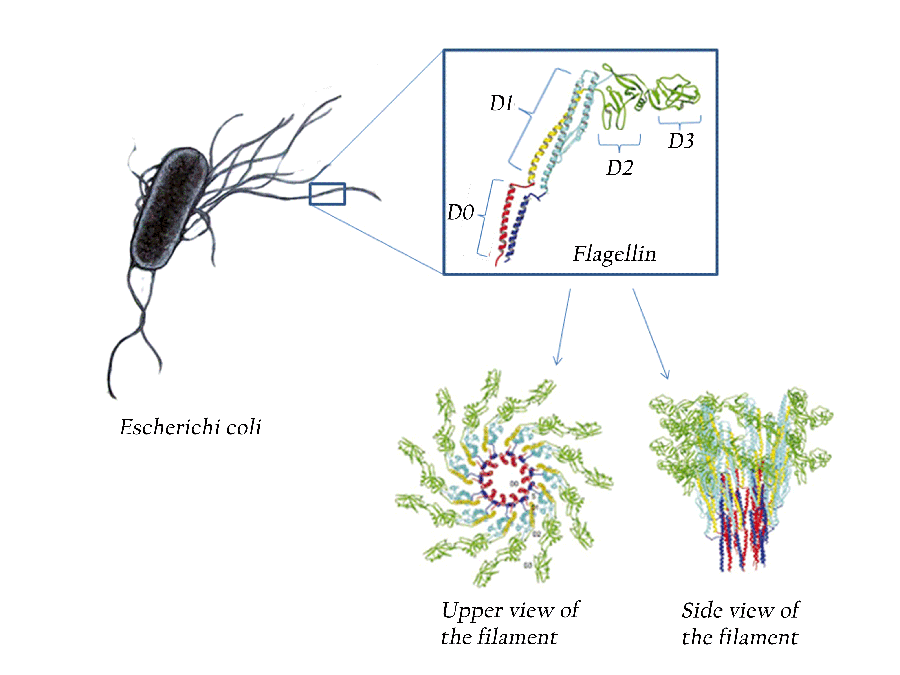 As public health leaders from nearly 50 countries gathered this week at the Emory Conference Center, they had a common goal: strengthening individual public health institutes and establishing partnerships to significantly reduce death and disease globally.
As public health leaders from nearly 50 countries gathered this week at the Emory Conference Center, they had a common goal: strengthening individual public health institutes and establishing partnerships to significantly reduce death and disease globally.
The International Association of National Public Health Institutes (IANPHI) held its fifth annual meeting – and the first in the United States – in Atlanta, jointly hosted by IANPHI, located in the Emory Global Health Institute, and by the CDC. IANPHI is not a typical organization, pointed out IANPHI President Jeff Koplan. It’s a partnership of more than 80 members who are directors of CDC-like institutes around the world, and it exists for the partners to build relationships and actively support each other. IANPHI is funded by the Bill & Melinda Gates Foundation.

Jeffrey Koplan, MD, MPH, president of IANPHI
As the world “shrinks†due to easier and more frequent air travel and migration, the effects on public health can be both positive and negative. On the negative side, communicable diseases and lifestyles that contribute to non-communicable diseases are transmitted much more rapidly around the world. But on the positive side, nations can work together much more efficiently to address public health challenges as committed partners.
Tom Frieden, director of the CDC, emphasized the importance of a national focus in each country on public health problems, and linking national efforts with local programs. Having adequate resources for public health will be essential in successful monitoring and disease response as well as driving down healthcare costs around the world, he said.
A major theme of the IANPHI conference was non-communicable diseases (NCDs) in addition to communicable diseases (CDs), which traditionally have been the focus of global public health efforts. NCDs now kill far more people than CDs throughout the world, Frieden pointed out.  Significant progress can be made against NCDs with the right approach. Frieden gave the example of Uruguay, where 1 in 4 smokers quit smoking after a major public health effort.
Kevin DeCock, director of the CDC’s new Center for Global Health, pointed out the fundamental changes in public health that have come about because of new technologies, such as cell phones and computers as well as new public health networks that allow much quicker responses. Only a few decades ago, information about disease outbreaks in less developed countries was communicated only after the disease had already peaked. Now that information can be sent almost instantaneously.
Public health leaders from four countries – Nigeria, Guinea-Bissau, Tanzania, and Ethiopia – gave examples of successful IANPHI-funded projects. Despite extremely limited resources in many countries, Koplan pointed out, these countries have made extraordinary and concrete progress in improving public health infrastructure and in decreasing disease and death from challenging public health problems.
Posted on
November 3, 2010 by
admin
in Uncategorized







![MM90301-10JK006-[RAW]](http://www.emoryhealthsciblog.com/wp-content/uploads/2010/11/MM90301-10JK006-RAW-300x214.jpg)










